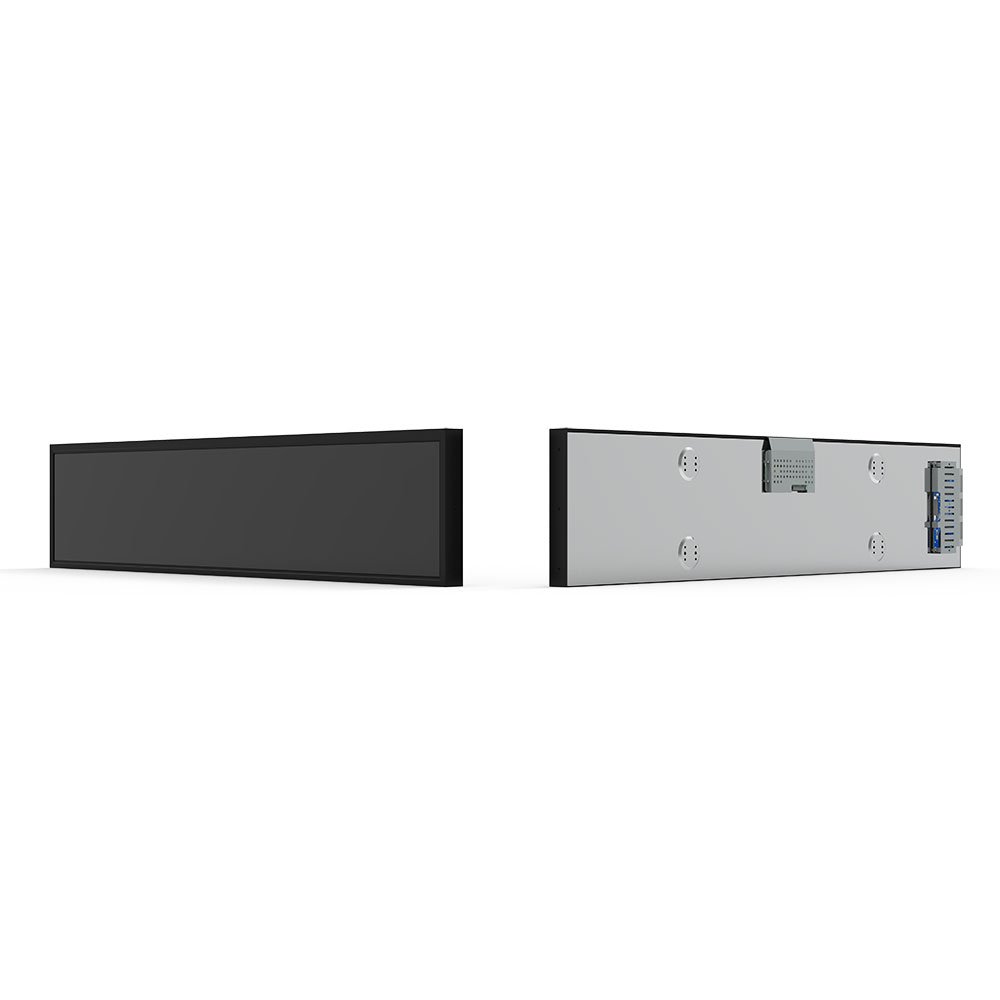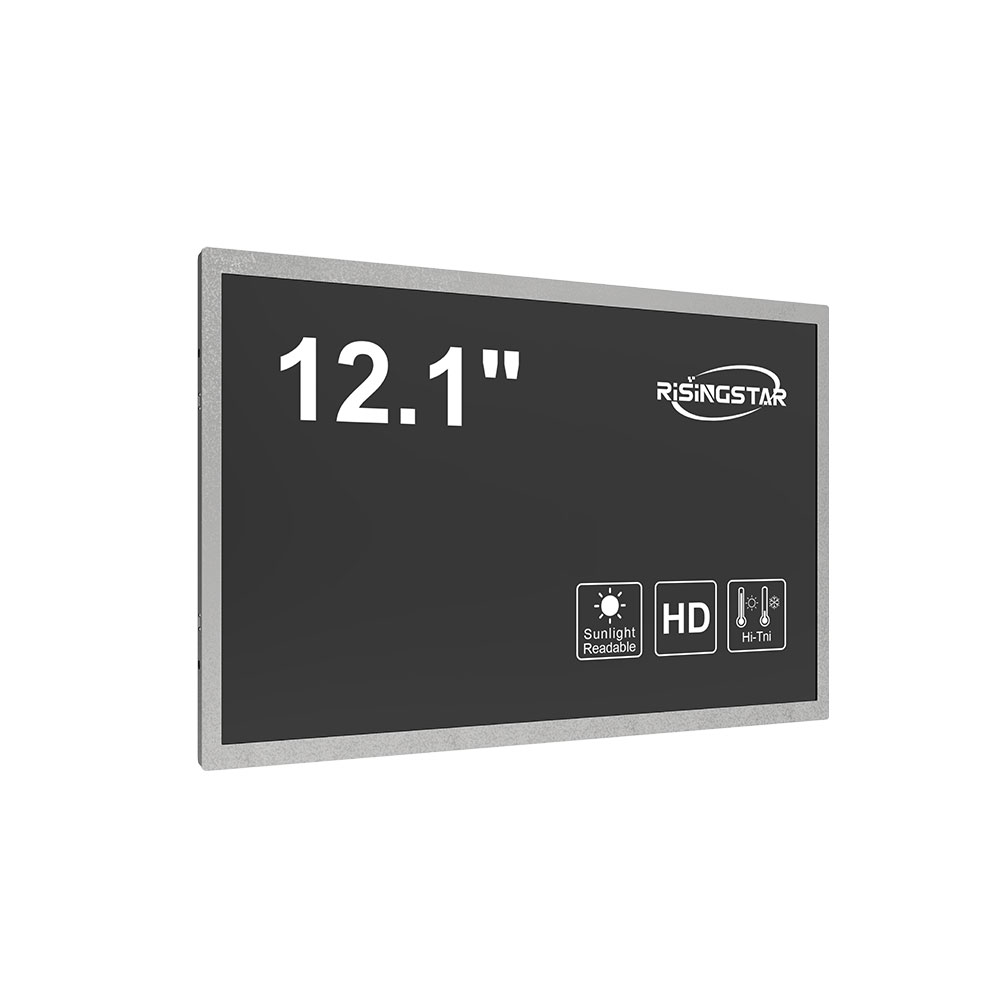
Privacy statement: Your privacy is very important to Us. Our company promises not to disclose your personal information to any external company without your explicit permission.
When it comes to deploying reliable and high-performance displays in demanding environments, especially for applications like nitrogen (NIT) monitoring systems, selecting the right outdoor LCD screen is critical. NIT monitors—used in agriculture, environmental science, and industrial gas detection—require displays that can operate continuously under extreme conditions including direct sunlight, temperature fluctuations, humidity, and exposure to dust or chemicals.
A professional-grade outdoor LCD screen must meet stringent industry standards such as IP65 or higher for dust and water resistance, with a brightness level of at least 5,000 nits to ensure visibility even in full daylight. For instance, in a greenhouse or field station where real-time NIT data must be read by operators or integrated into automated control systems, a screen with inadequate luminance will fail to deliver actionable insights. According to the Society for Information Display (SID), outdoor display brightness should exceed 3,000 nits for general use—but for mission-critical NIT monitoring, 5,000+ nits is the gold standard.

Moreover, thermal management is essential. Many manufacturers now integrate passive cooling solutions such as aluminum heat sinks and optimized internal airflow design, which are vital when operating in hot climates or enclosed enclosures. A case study from a European agricultural research facility showed that using a poorly cooled outdoor display led to premature pixel failure within six months—costing over $12,000 in replacements and downtime.
Another key factor is display technology. While traditional LED-backlit LCDs still dominate the market, newer technologies like Mini-LED and OLED offer superior contrast ratios and energy efficiency. However, for long-term reliability in harsh outdoor settings, IPS (In-Plane Switching) panels remain the most trusted choice due to their wide viewing angles and consistent color accuracy—even at extreme temperatures (-30°C to +70°C).

Additionally, smart features like automatic brightness adjustment based on ambient light sensors and remote diagnostics via IP connectivity enhance operational efficiency. These capabilities align with Industry 4.0 principles and support predictive maintenance, reducing unplanned outages in remote NIT monitoring sites.
Finally, installation considerations matter. Mounting options—such as wall, pole, or weatherproof enclosure integration—must match site-specific requirements. The UL 508A certification for industrial control panels, for example, ensures compatibility with ruggedized setups used in manufacturing plants or wastewater treatment facilities where NIT levels are monitored for compliance.
Choosing the correct outdoor LCD screen isn’t just about specs—it’s about ensuring operational resilience, user safety, and system uptime. With growing adoption of IoT-enabled NIT monitoring across agri-tech and environmental sectors, investing in a robust, certified, and future-proof display solution is no longer optional—it's essential.
Email to this supplier

Privacy statement: Your privacy is very important to Us. Our company promises not to disclose your personal information to any external company without your explicit permission.